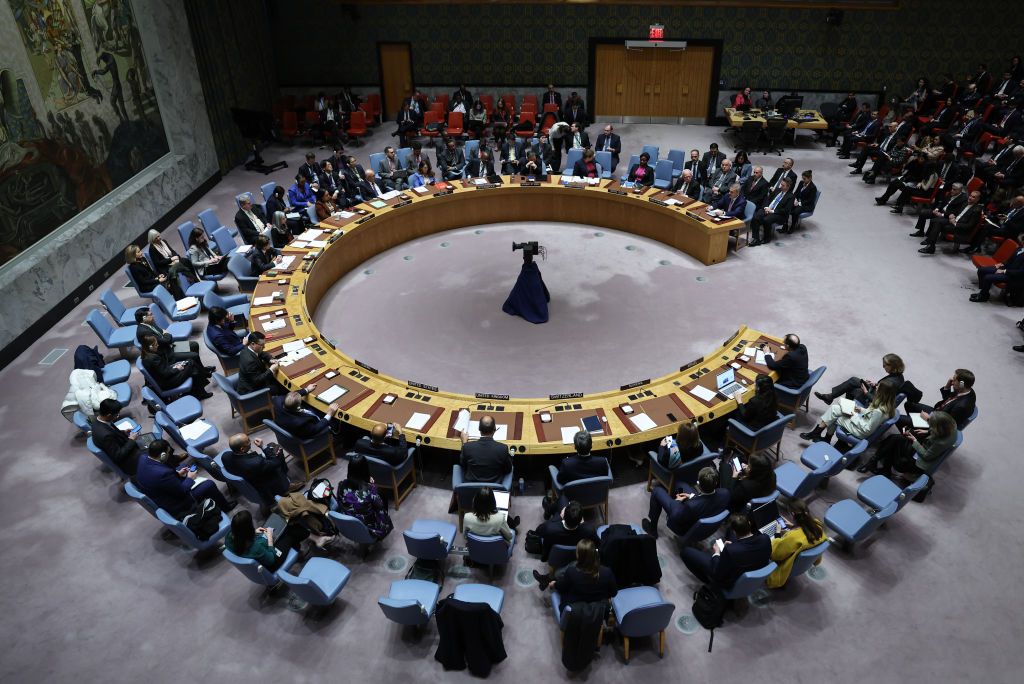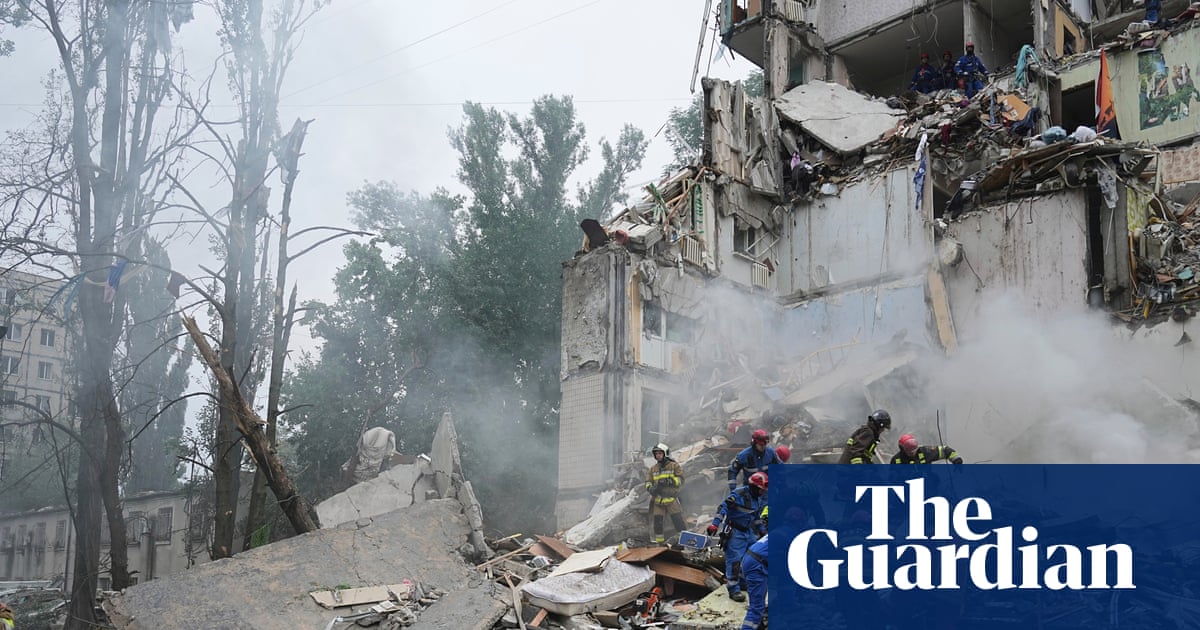China's Controversial J-35A Fighter Jet Deal with Pakistan Spurs Backlash

The recent announcement of Beijing's plan to deliver 30 J-35A stealth fighter jets to Pakistan at an astonishingly reduced price has ignited a fierce debate across various Chinese social media platforms. This deal, which would represent China's inaugural export of a fifth-generation combat aircraft, has been met with widespread criticism, with many perceiving the transaction as both financially and strategically irresponsible.
The deliveries of these advanced fighter jets are expected to commence in August 2025. However, this timeline has left a significant number of Chinese citizens confused and angry, particularly because the J-35A, also known as the FC-31, is still undergoing testing and has yet to be officially inducted into the People’s Liberation Army Air Force (PLAAF).
One social media user, posting under the handle @Zhejiang from the Yingyang Medical School, expressed skepticism regarding Pakistan's ability to finance such a purchase. Their comment alluded to Pakistan's previous obligations, noting, “Pakistan has also made a lot of fake news. How can it afford to buy it? It hasn’t even paid for the J-10.” This reference highlights the long-standing issue of Pakistan’s pending payments related to earlier acquisitions of J-10C fighter jets from China.
Another user, operating under the handle @CQL0530, echoed concerns regarding Beijing’s production priorities, questioning the prudence of sending a fighter jet that has not yet been fully developed or manufactured. “China’s own production of the J-35 has not yet been built up. How can it be given to them?” they asked. The frustrations voiced by these users reflect a broader anxiety about the implications of this deal.
Some comments veered into outright indignation, with one user simply declaring, “Bullshit!” while another user, known as Cracked Rose, offered a more humorous take, suggesting that the phrase “2 more powerful printers are coming” could allude to the government printing more money – perhaps to fund this controversial project.
The timing of this deal has also raised eyebrows, particularly as it follows closely on the heels of a terror attack in Pahalgam, Jammu & Kashmir. This has led Indian analysts to view the sale as China potentially arming Pakistan amid rising tensions across the border.
Domestic commentators have further questioned whether the Chinese government is effectively subsidizing a military client state that may struggle to fulfill its financial obligations. One user articulated the sentiment by stating, “It is more in your interest to spend money on building and purchasing industrial equipment and infra,” suggesting a preference for investing in domestic infrastructure rather than foreign military sales.
Concerns surrounding the J-35A deal extend beyond its financial implications. There is a pervasive worry that China might be marketing a so-called “concept jet” – a prototype that is still under development – as a fully operational aircraft. While the J-35 is designed to compete with advanced platforms like the US-made F-35, it currently lacks any combat history or proven capabilities.
China previously attempted to market the J-10CE, another fighter jet provided to Pakistan, as “combat-tested,” based on Islamabad's claims that it had downed Indian Rafales during Operation Sindoor. However, these assertions have not been independently verified and remain a point of skepticism outside of Pakistani media.
Efforts to sell the J-10CE to other countries, including Egypt, Brazil, and Uzbekistan, have largely been unsuccessful, a situation attributed to its reliance on Russian engines, such as the RD-93 and AL-31, which are increasingly viewed as outdated amid ongoing geopolitical tensions and supply chain uncertainties.
Currently, reports indicate that Pakistani pilots are already undergoing training in China to operate the J-35. Nonetheless, the Chinese government has not released any official statement addressing the backlash surrounding this deal or confirmed the specifics of the sale.
As India closely monitors the situation, many citizens within China are left pondering the ultimate beneficiaries of this controversial transaction. If the deal proceeds, Beijing may frame it as a strategic maneuver to bolster its influence in the region. However, for a significant number of ordinary citizens, it increasingly resembles a high-risk gamble, financed by the Chinese taxpayer, on a fighter jet that is not yet fully operational and sold to a nation with a questionable financial track record.
























